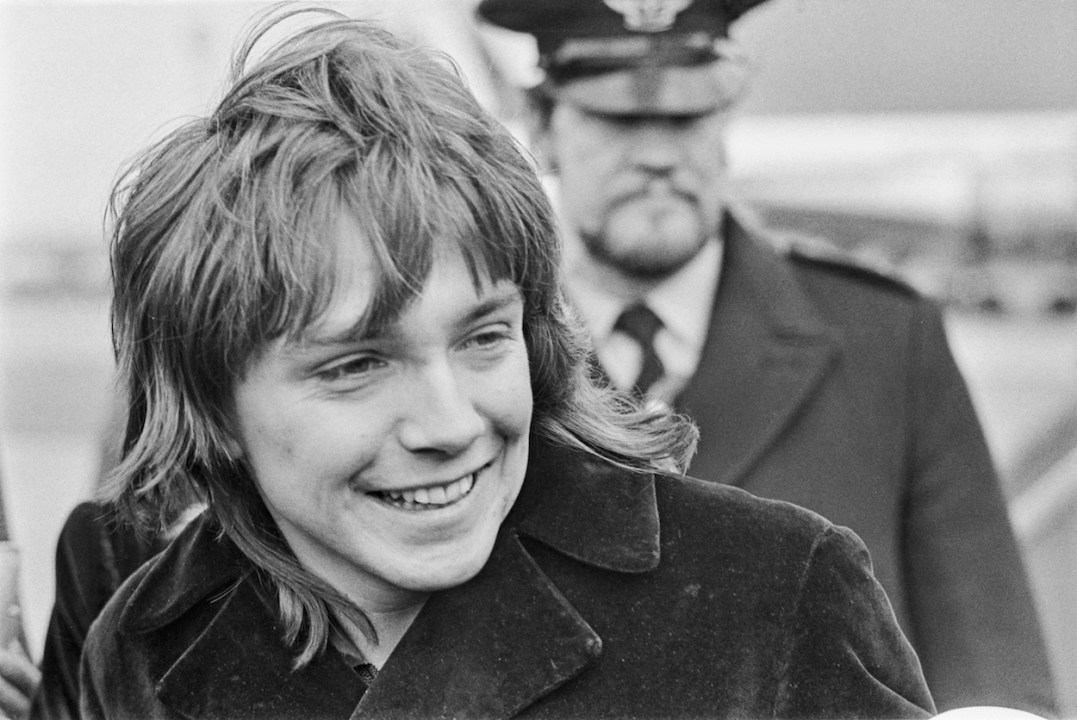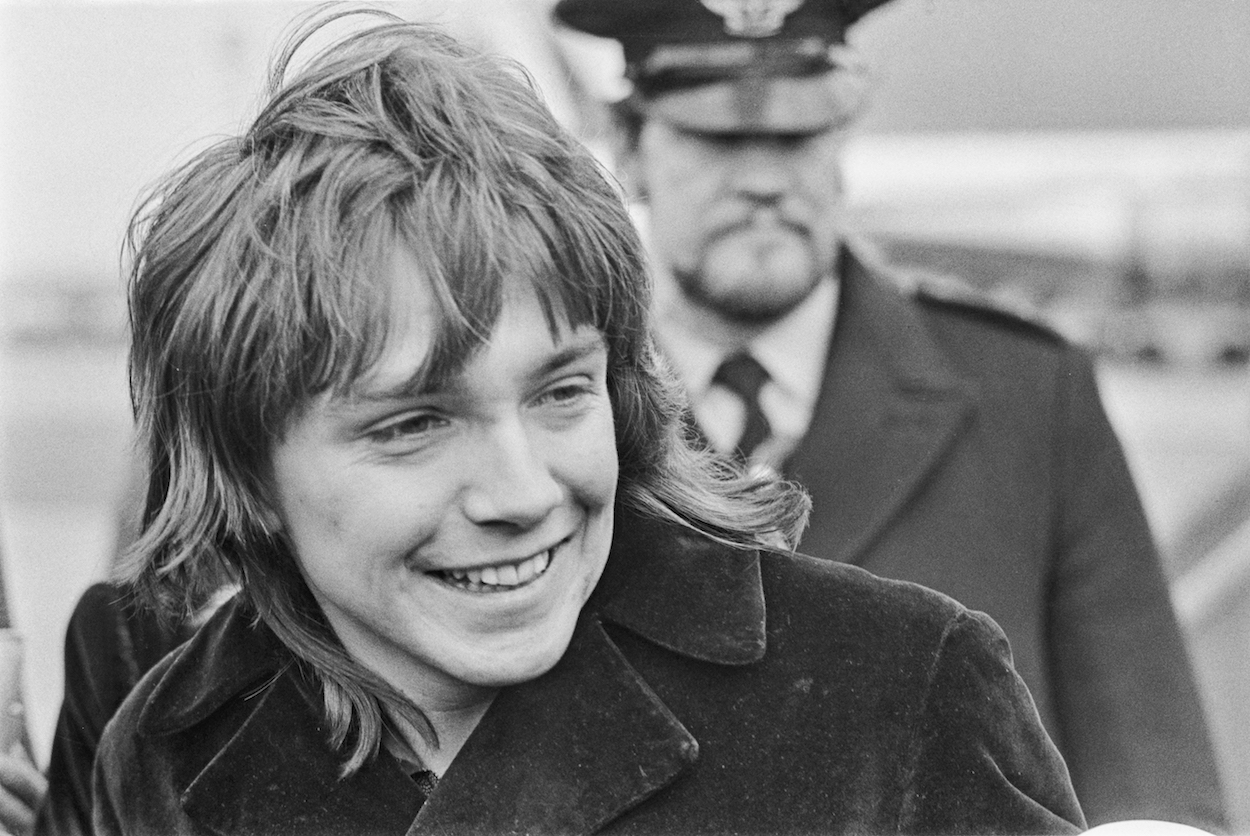Everyone has a guilty pleasure. Some have several. One of mine is David Cassidy who died six years ago from liver failure at the age of 67, an event that barely made more than a back-of-the-book page lead in many newspapers.
Which is a shame. For at his peak, he had a fanbase on a par with Elvis and The Beatles, looks that sent young girls into delirium, a rich and textured voice that was tailor-made for the three-minute pop single and a charisma, not to mention a personal life, that in its prime gave showbiz reporters round the clock bylines.
Deep down, David Cassidy wanted to be remembered as a musician and rock star
Unfortunately, his legacy is less about his music and more about yet another stereotypical pop star tale of a lapse into drink and drugs, an illegitimate daughter he had nothing to do with, a dramatic fall from grace that included concerts where he’d forget the lyrics to songs he’d been performing for half a century and finally an admission that years of high living had cost him his physical health, led to dementia and finally, his death.
A generation or two will have no idea of just how big a star he was at his peak in the early to mid-1970s for those of us aged 11 or 12, just getting into pop music, buying Look-In magazine and recording Top of the Pops with a portable cassette recorder.
Just a few years later, once we’d become teenagers we had punk to send us in a completely different direction, but before that there were two singers who divided the nation’s pre-pubescents. There was a clear choice to be made. Are you Donny or David?
This manufactured rivalry was aimed mainly at teenage girls but the rest of us were not immune. You could choose Donny Osmond and his brothers (and later his sister Marie) with their saccharine smiles of pure white teeth, their clean living Mormon philosophy, their songs about love and crazy horses, a rather odd attempt to be more rock n’ roll when you knew that, really, they’d leave the stage, have a cup of herbal tea (Mormons tend to shun caffeine) and then have an early night, alone, after saying their prayers.
While Donny was the kind of sweet-natured boy parents wanted their daughters to marry, David was the one with a glint in his eye that girls wanted to get down and dirty with. So did their mums. That smouldering look, the tight double denim (these were different times!), the unbuttoned shirt and the smoother, caressing voice, less tinny than Donny, only emphasised his appeal to women and, yes, even those of us who are resolutely het but still felt we should take sides in the pop war.
There is no modern-day comparison that I can think of to this polarised duality. No one seems to think you have to choose either Ed Sheeran or Lewis Capaldi, Taylor Swift or Cardi B (though these days I prefer a cardigan.)
Having been a teenage actor with bit parts on various US shows, David rose to fame as part of the television series The Partridge Family, a fictional singing family led by his real-life stepmother Shirley Jones who travelled the USA in a brightly coloured RV bringing communities together with joyous pop songs such as I Think I Love You and the show’s motto C’mon Get Happy which later became the title of his autobiography with the catchline Fear and Loathing on the Partridge Family Bus.
Only David and Shirley’s vocals were ever used on the bestselling singles and albums released under the Partridge Family name, the others were ‘merely’ actors.
But outside the sugary, sentimental themes of the show were reports of David riding around New York in the back of a limo while stoned. In 1972 he appeared naked on the cover of Rolling Stone magazine, photographed delicately by Annie Leibovitz. Tired of his filming schedule and being tied to the show, he broke away to launch a solo career that saw him cement his place as one of, if not the biggest, certainly one of the biggest recording artists of the period. with hits such as How Can I Be Sure? – as pure a pop song as you could wish for – and Daydreamer.
His concerts attracted hordes of screaming teenagers to mirror those of The Beatles a decade earlier. Off stage, Cassidy would often admit he was overwhelmed by the adoration, that he could not walk down the street without being mobbed. He sought solace in drink, drugs and sex.
In 1974 tragedy struck at a concert at London’s White City Stadium. A crush at the front of the stage saw 800 injured, 30 of them hospitalised and the death of a 14-year-old girl called Bernadette Whelan. Cassidy did not attend the funeral to avoid it becoming a publicity circus but kept in touch with the parents and the horror of it remained with him for the rest of his life.
Deep down, David Cassidy wanted to be remembered as a musician and rock star, a Mick Jagger or David Bowie, but felt he was always pushed to be just a teen idol even when he was no longer a teen. For a time in the 1970s, he was as big as The Beatles had been in the 1960s but, ultimately, without the longevity. For him, there is no Peter Jackson making a documentary for modern audiences or a long-forgotten recording to top the charts.







Comments